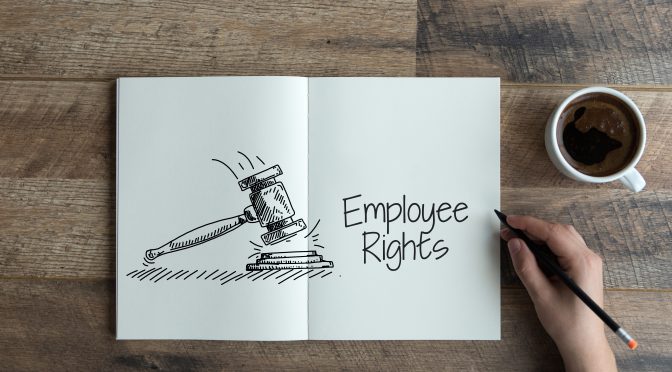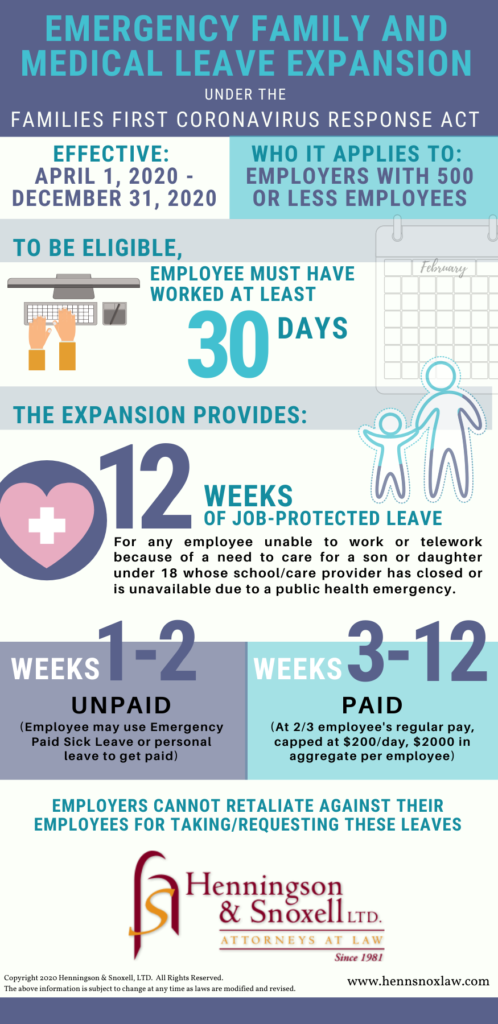Minnesota Paid Leave Program: Update!
10.18.2024 Written by: Henningson & Snoxell, Ltd.

As you may know, Minnesota passed a Paid Leave program in 2023, which goes into effect January 2026. However, beginning in July 2024, most employers are required to begin submitting quarterly wage detail reports to the Paid Leave program; although, no premiums are paid until after the Paid Leave program becomes effective in 2026.
The first wage detail report is due October 31, 2024, and will be based on wages paid between July 1, 2024, and September 30, 2024.
Reporting
Employers must submit wage detail reports every quarter using the Unemployment Insurance (UI) Online system. The wage detail report is the same report required for UI; therefore, employers already utilizing the UI Online system can submit a single wage detail report that will satisfy the reporting requirement for both programs. Your UI accounts for each employee have been automatically converted into a joint UI/Paid Leave account.
For employers with employees not covered by the UI program, you will need to set up a “Paid Leave Only” account (now available) for each employee not covered by UI. Instructions for setting up your account are now available on the Minnesota Paid Leave website and linked below.
Required Information in Wage Detail Report
Employers must include (1) the first and last name, (2) the Social Security number, (3) wages paid during the specified quarterly period, and (4) hours worked for each employee. Again, this is the same information required under the Unemployment Insurance program.
What do employers need to do at this point?
- Create Employee Accounts, if necessary: The “Paid Leave Only” accounts are available here. If you do not have an Unemployment Insurance account for each of your employees, you will need to create a Paid Leave Only account for them. If you already have Unemployment Insurance accounts for your employees, you do NOT need to create any new accounts for them. Your quarterly reports will serve both UI and Paid Leave.
- Prepare For the Administrative Obligation: We recommend putting in place administrative procedures for quarterly wage detail reports (i.e., who will be responsible for submitting the wage detail report, if not already in place for UI). Failure to submit the required wage detail reports for each employee is subject to a late fee of $10 per employee, with a minimum late fee of $250; administrative service fee of $25 per employee whose information is incomplete; or 2 percent of the total wages for an omitted employee.
- Determine Which Employee’s Wage Reports Are Required: Only covered employees in covered employment are required to have reports filed. “Covered employees” include:
- Employees who performed at least 50 percent of their employment during the past calendar year in the state of Minnesota;
- Employees who did not perform 50 percent or more of their employment during the past calendar within any single state or Canada, but who resided within Minnesota for at least 50 percent of the past calendar year; and
- Employees who did not perform 50 percent or more of their employment during the past calendar year within any single state or Canada, but whose employment is controlled and directed from within Minnesota.
“Covered employment” includes any employment, except for (1) self-employed individuals; (2) independent contractors; or (3) seasonal employees.
Also note, while MN employers are required to participate in the Paid Leave program, they may seek an exemption by applying for a private plan exemption beginning in 2025. The private plan must include at least the same rights, protections, and benefits as those provided to employees under the Paid Leave law. However, at this time, employers are still required to file wage reports until an exemption is approved.
We will continue to update you as more information becomes available. Please contact us with any questions about your obligations as an employer under the wage detail reporting requirements or the new Paid Leave program. We are here to help!










 Subscribe
Subscribe Subscribe
Subscribe








